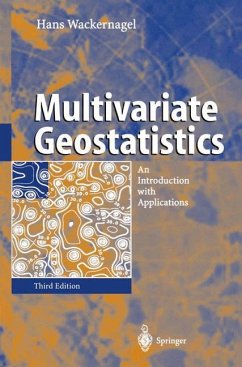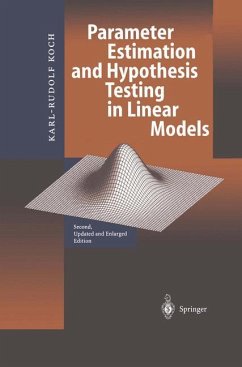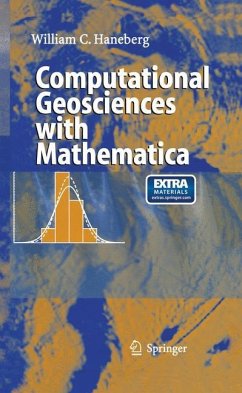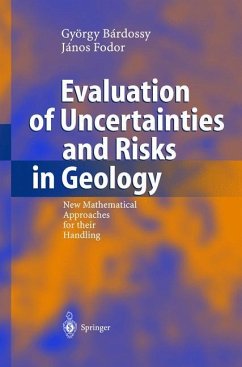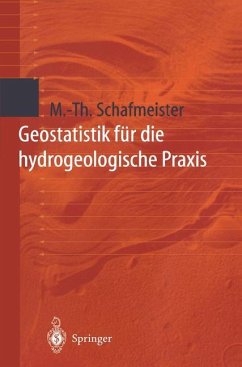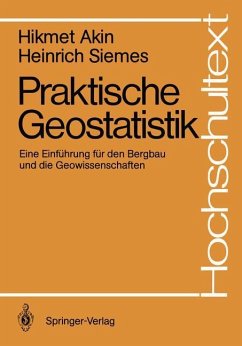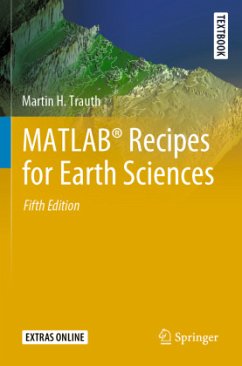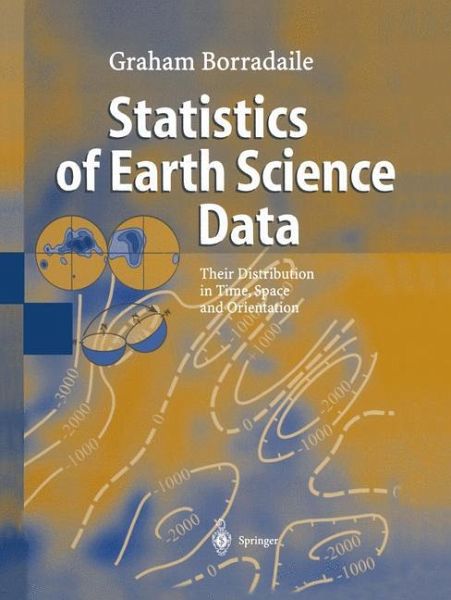
Statistics of Earth Science Data
Their Distribution in Time, Space and Orientation

PAYBACK Punkte
19 °P sammeln!
The Goals of Data Collection and Its Statistical Treatment in the Earth Sciences The earth sciences are characterised by loose and complex relationships between variables, and the necessity to understand the geographical dis tribution of observations as well as their frequency distribution. Our fre quency distributions and the looseness of relationships reflect the com plexity and intrinsic natural variation in nature, more than measurement error. Furthermore, earth scientists cannot design experiments according to statistical recommendation because the availability and complexity of data are ...
The Goals of Data Collection and Its Statistical Treatment in the Earth Sciences The earth sciences are characterised by loose and complex relationships between variables, and the necessity to understand the geographical dis tribution of observations as well as their frequency distribution. Our fre quency distributions and the looseness of relationships reflect the com plexity and intrinsic natural variation in nature, more than measurement error. Furthermore, earth scientists cannot design experiments according to statistical recommendation because the availability and complexity of data are beyond our control. Usually, the system we are studying cannot be isolated into discrete independent variables. These factors influence the first steps of research, how and where to collect specimens or observations. Some issues are particularly troublesome and common in earth science, but are rarely handled in an undergraduate statistics course. These include spatial-sampling methods, orientation data, regionalised variables, time se ries, identification of cyclicity and pattern, discrimination, multivariate systems, lurking variables and constant-sum data. It is remarkable that most earth-science students confront these issues without formal training or focused consideration.




